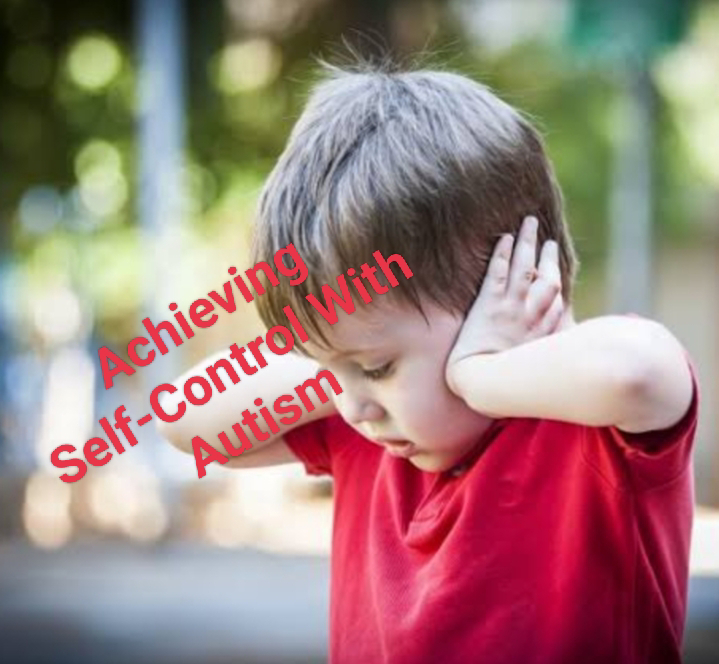Achieving Self-Control With Autism
The majority of autistic youngsters struggle to develop self-discipline. This involves not just improper outbursts, but also potentially harmful habits, such as becoming violent toward others or injuring themselves, such as beating their skulls against walls. Self-management is an approach that parents and educators can use to regulate autistic tendencies. Giving the child power over himself or herself is often the key to maintaining control in violent situations, and it may also be a beneficial step toward learning other behaviors.
Self-management works because the child is no longer fully controlled by others. By teaching self-management during specific times of day, such as while the child is at school or therapy, the child will be more likely to continue to practicing self-control during all times of the day. The key is to implement a program in which he or she monitors his or her own behavior and activities. Begin with short amounts of time, and continue to monitor the child from a more passive standpoint. Every ten to fifteen minutes remind the child that he or she is in control and needs to monitor and be aware of good and bad behavior.
This monitoring is a form of self-evaluation. When a child is in control, he or she may think more closely about behavior in the past and present. Set clear goals with the child-for example, an afternoon with no aggression towards others or a day at school with no self-injury. Every fifteen minutes ask the child how he or she is doing. Is the goal being met? If the answer is no, perhaps the child is not ready for self-management, or perhaps the goals are too unattainable. You want to make sure that the goals are easy to reach at first, and then move the child towards more difficult goals in the future. When a child is successful at self-monitoring, he or she will have a more positive attitude towards the experience.
Of course, an important part of self-management is a rewards system. Have the child come up with his or her own reward, depending on interest. Reinforcement will make these good behavior goals more clearly marked in the child's mind, and by choosing and rewarding him- or herself, the child will feel completely in control of the self-management system. Choose simple rewards to start, such as smiley faces for every goal met and sad faces for every goal not met, and work up to a larger goal, such as a special activity or new toy when a certain amount of smiley faces has been attained.
These types of programs do not develop overnight, so it is important that you and the child have enough time to devote to a self-management experience. By reinforcing good behavior with rewards, as determined by the child instead of by an adult, he or she will be more likely to carry this on even when not participating in the program. If your autistic child is mature enough, this could be a good treatment program to try.

No comments:
Post a Comment